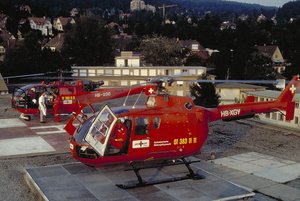Rega - Cookie banner
We use cookies and analytics tools to ensure that our website works properly, to improve its
user friendliness and to provide social media features. In addition, we use advertising cookies to
measure the success of our marketing activities. You can change your cookie settings at any time.
Further information about the cookies used can be found in our data protection statement.
Data protectionLegal notice



